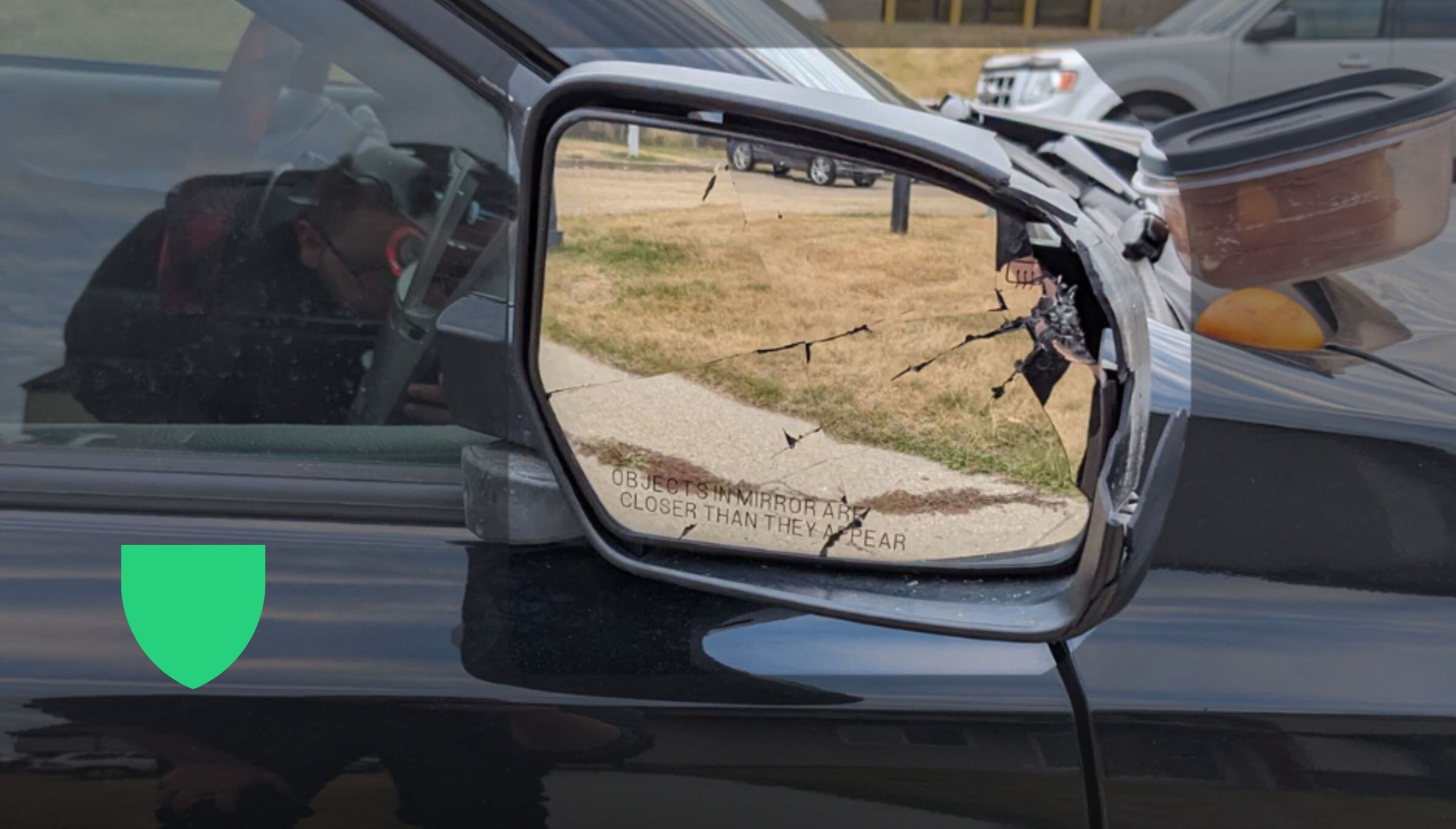When wildfires strike, you may only have minutes to act. That’s why it’s so important to be prepared before there’s ever smoke on the horizon. Whether you live in a high-risk wildfire zone or simply want to be ready for the unexpected, this guide answers some of the most common fire evacuation questions and gives you a clear list of what to pack in your emergency go-bag.
4 Common Fire Evacuation Questions
- What’s the difference between an evacuation alert and an evacuation order?
- What should I do if I have pets?
- Where should I go during an evacuation?
- What if I’m not home when the evacuation order is issued?
1. What’s the difference between an evacuation alert and an evacuation order?
- Evacuation Alert: Be ready to leave. Pack your go-bag, gather important items, and monitor alerts closely.
- Evacuation Order: Leave now. There is an immediate risk to life and safety.
2. What should I do if I have pets?
Include them in your evacuation plan. Make sure your go-bag has food, water, a leash or carrier, medications, and waste bags for each pet. Consider a collapsible bowl for feeding and hydration.
3. Where should I go during an evacuation?
Head to the nearest evacuation center or a pre-planned safe location, such as a friend or family member’s home outside the danger zone. Listen to emergency broadcasts for shelter updates.
4. What if I’m not home when the evacuation order is issued?
Talk with family, friends, or neighbours now about a backup plan. If safe to do so, someone else may be able to grab your go-bag or help with pets. Apps like Alberta Emergency Alert or your local alert system can help you stay informed no matter where you are.

What to Pack in Your Fire Evacuation Go-Bag
A well-stocked go-bag can help keep you safe, fed, and informed in the critical hours or days after an evacuation.
10 Essentials for Your Fire Evacuation Kit
-
Important Documents & ID
Store copies of passports, driver’s licenses, insurance policies, and medical records in a waterproof folder or on a USB drive. -
Medications & First Aid
Bring at least a 7-day supply of prescription medications, along with a basic first aid kit that includes bandages, antiseptic, and any critical health supplies. -
Food & Water (72-Hour Supply)
Pack easy-to-carry, high-energy food like granola bars, nuts, or meal replacements. Include at least 1–2 liters of water per person per day. -
Clothing & Sturdy Footwear
Include a change of clothes, underwear, socks, and closed-toe shoes suitable for walking. Gloves and warm layers are also helpful depending on the season. -
Electronics & Phone Chargers
Don’t forget your phone charger and a fully charged power bank. A battery-powered or crank radio can keep you connected to emergency updates. -
Cash & Spare Keys
ATMs and card machines may be down. Carry small bills and extra keys for your car and home. -
Flashlight or Headlamp (plus extra batteries)
Fires and evacuations often happen at night. A reliable light source is a must. -
Hygiene Supplies
Pack hand sanitizer, wet wipes, toothbrush, toothpaste, and other toiletries. -
Pet Supplies
Include pet food, water, a leash or crate, waste bags, and medications for any animals in your care. -
Comfort & Communication Items
A whistle, notepad and pen, paper map, and even a small comfort item (like a stuffed animal for kids) can help make a difficult situation more manageable.

Final Thoughts
In a fire emergency, seconds count. By packing your evacuation kit today and making a plan with your family or household, you’ll be in a much better position to act quickly and safely if the worst happens.
Please note that most insurance companies won’t issue or adjust policies if a wildfire is already burning nearby (typically within a 50 km radius). Your home insurance is your financial safety net when disaster strikes. Make sure it’s ready to back you up when you need it most. Talk to an Armour Insurance broker today. Let’s make sure your coverage is ready before the smoke rises.
or







